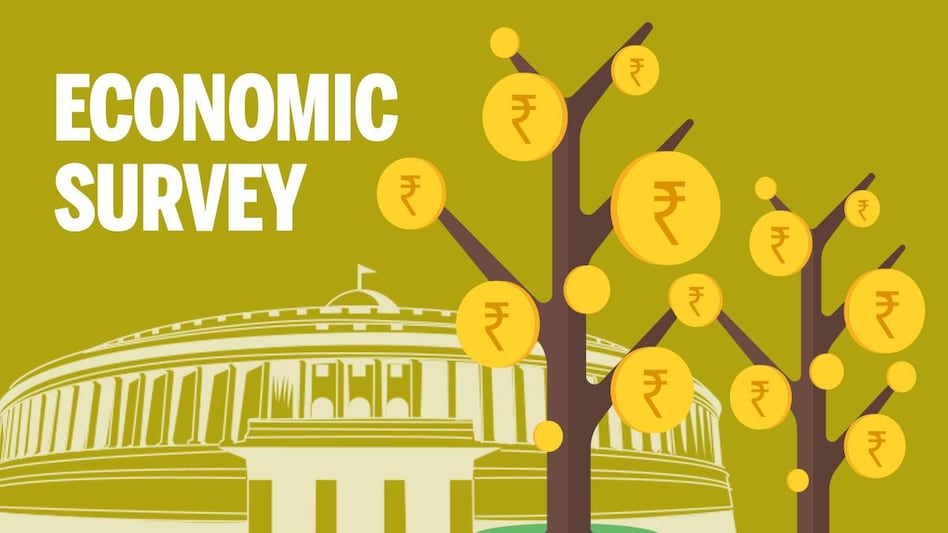Income tax slabs FY 2024-25: With the new financial year starting, salaried individuals must decide between old and new tax regimes. The default option is now the new regime, with different rates and deductions


If you’re having difficulty deciding between the two regimes, these tips can assist you in making the right choice.
New Tax Regime Vs Old Tax Regime
2) Since there were no changes announced in the Interim Budget presented by Finance Minister Nirmala Sitharaman on February 1, 2024, the standard deduction for the financial year 2024-2025 remains unchanged. It stays at ₹50,000 for both the old and new income tax regimes.
3) 3)Under the new tax regime, the income tax slabs are structured as follows:
- No tax will be imposed on income up to ₹3 lakh.
- Income ranging between ₹3-6 lakh will be taxed at 5 per cent, with the provision of tax rebate under Section 87A.
- Income between ₹6-9 lakh will incur a tax rate of 10 per cent, with a tax rebate under Section 87A applicable for income up to ₹7 lakh.
- For income between ₹9-12 lakh, the tax rate will be 15 per cent.
- Income falling between ₹12-15 lakh will be taxed at a rate of 20 per cent.
- Income exceeding ₹15 lakh will be taxed at 30 per cent.
4) In the old tax regime, the income tax slabs are structured as follows:

- Income up to ₹2.5 lakh is exempt from taxation.
- Income ranging from ₹2.5 lakh to ₹5 lakh is taxed at a rate of 5 per cent.
- Personal income falling between ₹5 lakh and ₹10 lakh is taxed at a rate of 20 per cent.
- Personal income exceeding ₹10 lakh is taxed at a rate of 30 per cent.
5) As the new income tax regime is automatically applied, it’s crucial for employed individuals to inform their employer at the beginning of the financial year regarding their preferred tax regime. If you fail to notify your employer, you can still switch between regimes when filing your income tax return, provided it’s done within the due date.














